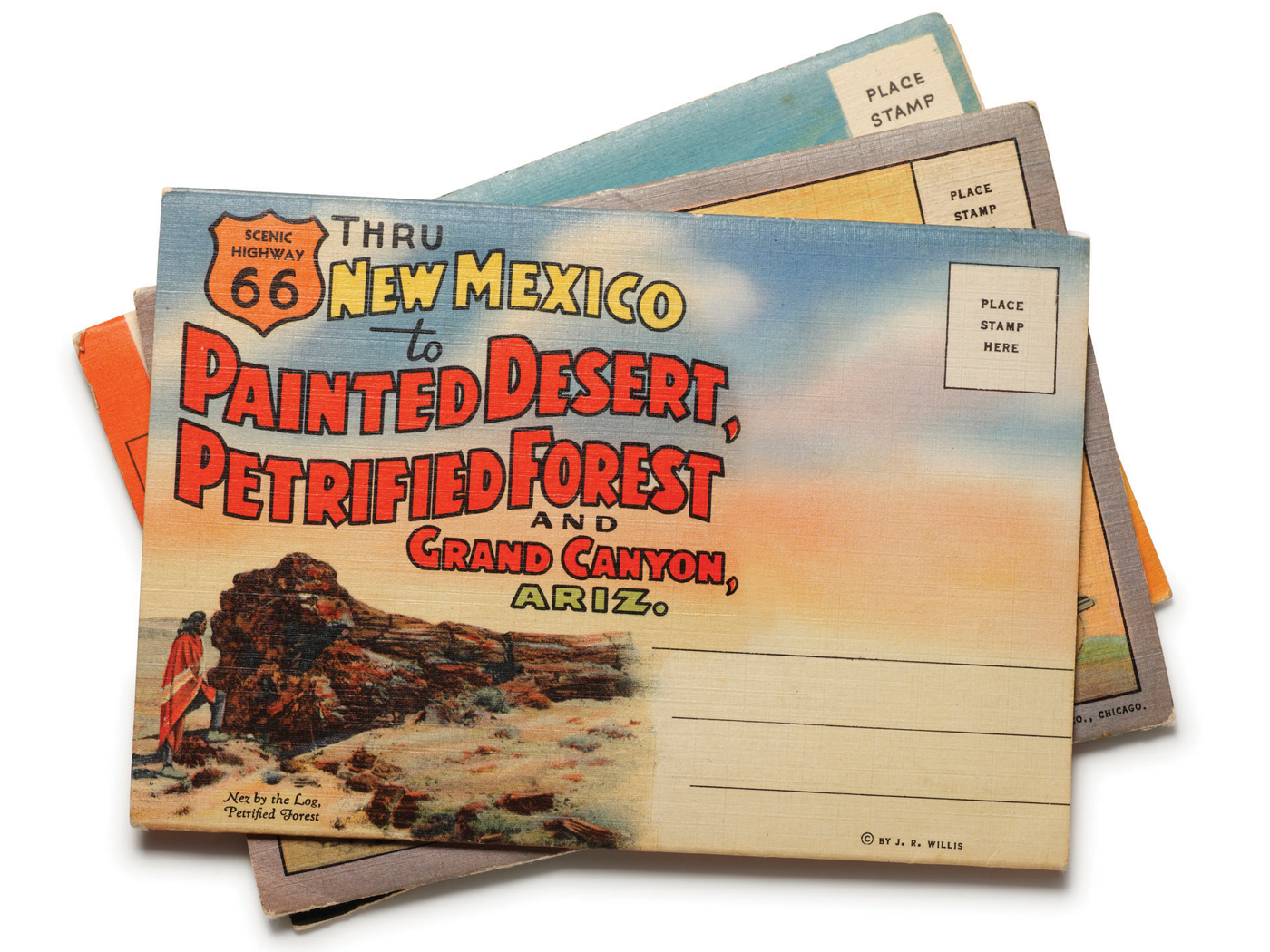Evolutionary scientists are still trying to understand what happens when tectonic plate subduction stops. They are also baffled by rapid crustal uplift near subduction zones. Yet, we see clear evidence of the slowing of tectonic plates and the rapid rise of mountains globally. Secular science hasn’t realized that these two processes are simply an expected consequence of the end of the Genesis Flood around 4,500 years ago.
Recently, scientists from the University of Cambridge, the University of Aberdeen, the Universiti Malaysia Sabah, and the Malaysian Meteorology Department found that subduction had mysteriously ceased along the northern coast of Borneo in the Malaysian state of Sabah.1
Plate subduction occurs at tectonic plate boundaries when older oceanic lithosphere2 is destroyed by its subduction beneath a less-dense plate. Continental lithosphere, and even newer and hotter oceanic lithosphere, is much less dense and is usually not subducted.
To better understand why subduction ended in Borneo, a multi-university project called nBOSS (northern Borneo Orogeny Seismic Survey) laid out 46 seismic stations spaced about 30 miles apart across the state of Sahah.1 They intend to use the data gathered by these stations to better image the crust and mantle in the northern Borneo area, hoping to determine which factors caused subduction to stop.
The authors directing the nBOSS project wrote, “As recently as 5 million years ago [Pliocene or Late Cenozoic], subduction stopped along the eastern margin of Sabah for reasons we do not fully understand.”1
Using satellite data, we now know that most of the plates are still moving a few inches per year. However, many creation geologists think the plates moved much more rapidly during the Flood year at incredible rates of several yards per second and nearly ceased at the end of the Flood. Complex computer models developed by creation geophysicist Dr. John Baumgardner show this type of movement is possible.3,4 These discoveries led to a new theory called catastrophic plate tectonics.3
Dr. Baumgardner also concluded that the high-density difference between the “heavier” original ocean lithosphere and the “lighter” new ocean lithosphere (formed at ocean ridges) drove the dramatic Flood-year plate motion.4 He reasoned that the consumption of the denser material would have continued until the original oceanic plates were completely consumed by subduction and the plates as a whole reached a point of balance. At that time, plate motion slow abruptly because it could no longer subduct the newer, lighter crust.
Is this what happened in Borneo? It seems likely. Even the timing for the stoppage of subduction is exactly as predicted by Flood geoscientists. Borneo’s subduction stopped in the Pliocene (Late Cenozoic) when most of the world’s other plates had also ceased their fast subduction rates.
Also, in northern Borneo, Mount Kinabalu rises 13,435 feet above the ocean surface. It’s made mostly of granite, and is likely an exposed subduction zone magma chamber, similar to the granite core of the Sierra Nevada Mountains in California. The subduction process creates a granitic magma from the partial remelting of the subducted plate. The secular scientists studying Borneo find it mysterious that this massive granite was emplaced, cooled, and rose so quickly late in the Cenozoic.1
Publishing in EOS, Simone Pilia, Nicholas Rawlinson, Amy Gilligan and Felix Tongkul wrote, “The processes responsible for this rapid cooling and how this granitoid body rose so quickly to such spectacular heights remain enigmatic.”1
Creation geologists tie the mountainous uplifts at the end of the Genesis Flood to the thickening of the crust above subduction zones. The granitic magmas contribute to this thickening. Thicker crust causes more isostatic uplift such that 37-mile thick crust will tend to have an elevation some 14,500 feet higher than 22-mile thick crust.5 In fact, many mountain ranges have undergone a mile or more of uplift even since the Pliocene (Upper Cenozoic).5 It should be no surprise to find a granite-rich mountain that rose so high so quickly in northern Borneo. This type of uplift is a global phenomenon.
In fact, about 80% of all the world’s mountains rose late in the Cenozoic from thickening above subduction zones, including the Circum-Pacific Belt, the Rocky Mountains, the Andes, and the Himalayas. The Flood came to an end as the older oceanic lithosphere was completely consumed by subduction, causing the plates to slam their brakes and almost completely stop. Subsequently, areas of thicker crust rose and the oceans basins cooled and sank. These are two interrelated processes that helped drain off the floodwaters.
Sadly, most secular geologists reject the idea of rapid plate motion in the past. They refuse to consider the validity of runaway subduction because it suggests a global catastrophe like that described in the Bible. It’s unfortunate that the secular world rejects the truth of the global Flood. It explains so much of what we observe in Earth’s rock record.
References
1. Pilia, S. et al. 2019. The Fate of Borneo’s Plunging Tectonic Plates. EOS. Earth & Space Science News. 100 (10): 18-23.
2. Lithosphere is composed of the Earth’s crust, whether oceanic or continental, and the uppermost mantle. It extends down to about 60 miles in the earth and is synonymous with a tectonic plate.
3. Austin, S. A., J. R. Baumgardner, D. R. Humphreys, A. A. Snelling, L. Vardiman, K. P. Wise. 1994. Catastrophic plate tectonics: a global Flood model of earth history. In Walsh, R. E., ed, Proceedings of the Third International Conference on Creationism. Pittsburgh, PA: Creation Science Fellowship, 609-621.
4. Baumgardner, J. 1994. Runaway Subduction as the Driving Mechanism for the Genesis Flood. In Proceedings of the Third International Conference on Creationism. R. Walsh, ed. Pittsburgh, PA: Creation Science Fellowship, 63-75.
5. Baumgardner, J. 2005. Recent Rapid Uplift of Today’s Mountains. Acts & Facts. 34 (3).
*Dr. Clarey is Research Associate at the Institute for Creation Research and earned a Ph.D. in geology from Western Michigan University.











